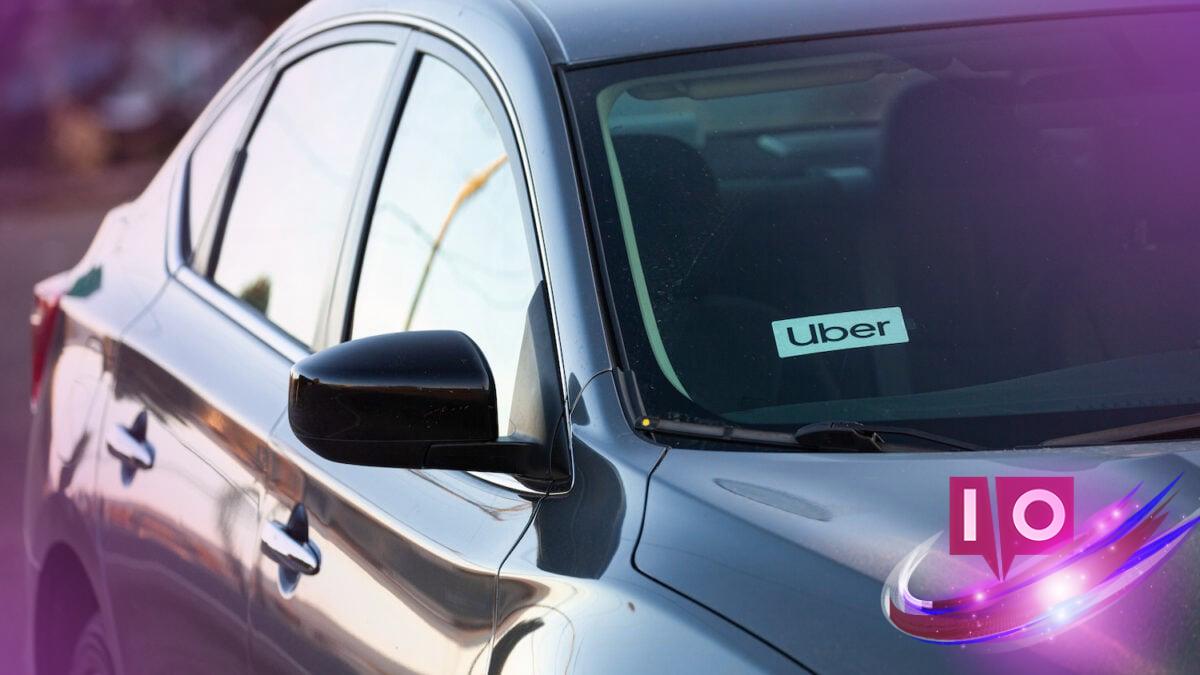For over a decade, Uber has aimed to redefine our relationship with transportation, presenting itself as a viable alternative to owning a car. Yet, as we step into 2023, new data suggests that traditional car ownership remains steadfast, even in bustling markets dominated by ride-hailing giants like Uber, Lyft, and Waymo.
Uber recently celebrated its first profitable year since its public debut, marking a significant milestone in its financial journey. Remember back to the early days? Former CEO Travis Kalanick painted a vision of the future that promised to make car ownership obsolete. In an interview with the Wall Street Journal, he said:
“So what is that vision?… It’s a reflection of our mission to turn ground transportation into a seamless service. Basically make car ownership a thing of the past… If you just looked at San Francisco, the ground transportation market in just San Francisco — where people pay to get in a car and go somewhere, whether they own the car or otherwise — is $22 billion.”
As we explore the current landscape, it’s essential to evaluate whether Kalanick’s dream has been realized. Is car ownership truly declining in favor of app-based alternatives, or has the vision faltered?
A recent report from retired automotive researcher Glenn Mercer suggests that the reality may be more complex than anticipated.
Despite the rise of ride-hailing platforms, car ownership trends appear stagnant or even slightly increasing in urban areas. Mercer’s analysis reveals that, nationally, car ownership has risen from 800 cars per 1,000 Americans in 2000 to about 850 today. While this might not seem shocking, a deeper dive into major metropolitan areas showcases nuanced trends:
- Boston: +4 points
- Chicago: -1 point
- San Francisco: no change
- Los Angeles: +7 points
- New York: -1 point
- Dallas: +10 points
Essentially, there is little significant change, and the increase in Dallas does raise questions. Mercer concludes that we aren’t seeing any impactful shifts in car ownership, even in areas historically linked to vibrant app economies.
Yet, could financial barriers be playing a role in these trends? The average new car price in the U.S. has climbed above $50,000 (approximately €47,000). According to a 2023 report by Brookings, younger generations own fewer cars due to financial constraints, not preferences. Similarly, a Deloitte report found that 44% of adults aged 34 and under would consider letting go of their cars if viable alternatives existed.
This leads to a critical question: Has Kalanick’s vision gone unfulfilled? While it seems promising, the current ride-hailing landscape has yet to provide a comprehensive alternative to owning a vehicle.
Can ride-hailing fully replace car ownership in the future? While Uber and other services offer convenience, many still find value in personal car ownership, especially amid rising costs and economic uncertainty.
Is ride-hailing a cost-effective solution for everyday travel? For some, yes; however, the lack of substantial savings over time can make ownership more appealing in certain situations.
Why do urban areas still see car ownership growth? Although ride-hailing services are prevalent, personal vehicles often provide flexibility and reliability that many urban dwellers still value.
Looking ahead, it appears Kalanick’s vision of a car-less future, while inspiring, hasn’t materialized just yet. As ride-hailing firms further innovate, only time will tell if these services evolve to diminish our reliance on personal vehicles.
If you’re intrigued by the ongoing changes in transportation and urban mobility, be sure to explore more related content at Moyens I/O. There’s a wealth of insights waiting for you!
